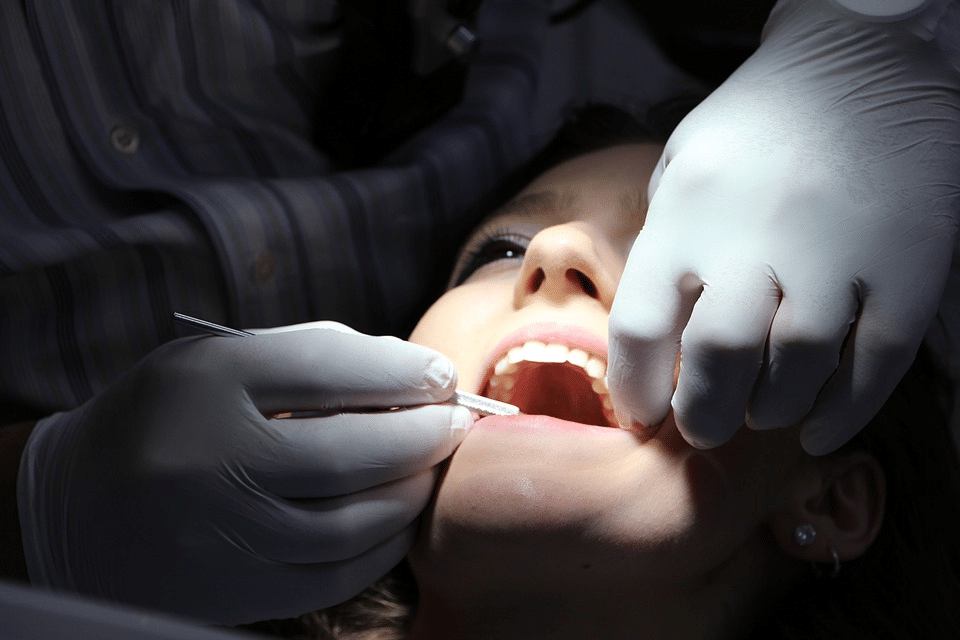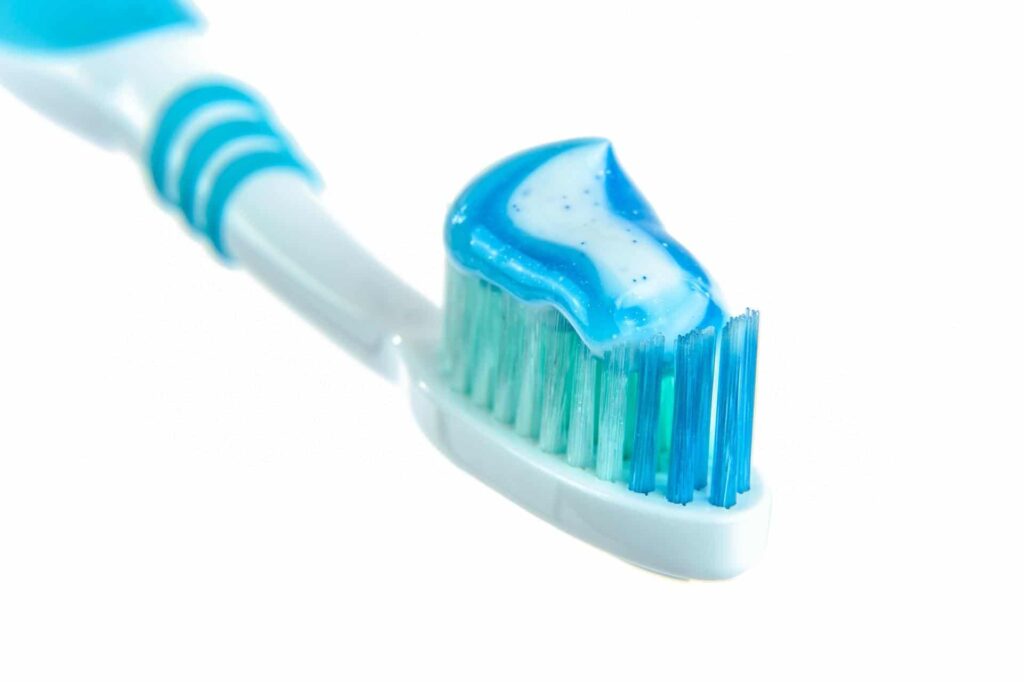Sedation dentistry is exactly what it sounds like. During your dental procedure you are in some way sedated to make the whole experience less traumatic.
Even though sedation is intended to minimise the anxiety of getting a check-up or procedure done, the whole idea of it happening to you might make you fearful to get that needed dental surgery completed once and for all.
You also might be confusing sedation with anaesthesia. Before your procedure, it’s important you know the difference between the two. Our team of dentists at Hamptons Dental in NW Calgary believe this is the best way to clear the air about what sedation and anaesthesia are really like.
Sedation vs. Anaesthetic
So, what’s the difference between a general anaesthetic and sedation?
Sedation is the administering of a drug to produce a state of calm. The response to external things becomes limited. This is unlike being under anaesthetic, which is a complete loss of consciousness controlled by the medical staff around you, or the numbing of a specific area to stop pain occurring.
Sedation allows a patient to remain at ease during a procedure but still able to respond to stimuli, such as being asked to open their eyes. While under general anaesthesia a patient will not feel anything or be aware of their surroundings.
Sedation has different levels of intensity:
- Minimal. This leaves you able to respond to verbal commands with only minor effects on cognitive functions and coordination.
- Moderate. This is a depression of consciousness, but the patient is able to respond purposefully to verbal commands. This can be on their own or with help of light stimulus.
- Deep. This is the depression of consciousness in which the patient cannot be easily stirred.
All sedation is drug induced.
Types of Sedation
There are a few different ways to be put under sedation. The way to find out which one is best for you is to talk to your dentist. Your dentist has your best interests and comfort in mind and will provide you with advice on which type will be best based on your procedure.
The level of intensity you choose should depend on the type and length of the procedure.
Based on the procedure, you may have one of the following techniques offered to you:
- Inhalation or Laughing Gas: Laughing gas is something we have all heard of. It leaves you conscious during your procedure and the effects are minor. The effects of the gas are felt quickly. Typically, the gas is nitrous oxide or a mix of nitrous oxide and air. It provides a relaxing feeling and the gas leaves the system relatively quickly. Gas is given via a nosepiece.
- Oral Sedation: Given in pill form this type will also leave you conscious. Sometimes a pill is given the night before and one on the morning of your procedure, but this is based on the doctor’s discretion.
With oral sedation, you may be monitored for things like blood pressure, heart rate and breathing, or you may be left as you are. This is for the dentist to decide. Side effects do not last long and you should be back to normal within a day. You will likely be drowsy and will need to bring someone along, as you will not be able to drive yourself home.
- IV sedation: You may end up having IV sedation, which is administered through a vein. Again, you are conscious and most likely you will feel very sleepy, but a dentist is able to rouse you easily if they need to. You are not very aware of your surroundings and some don’t even remember the procedure. You are monitored during the procedure to ensure your safety. The recovery time for this is longer than the other two options and again you will need assistance to get home as you won’t be able to drive.
Dentists have become very aware that not everyone finds getting their teeth checked easy.
At Hamptons Dental, we want to help you feel as comfortable as possible. And we know being comfortable with sedation and anaesthesia is a big part of that.
If you’re afraid of sedation, consult your dentist. They will be able to walk you through what sedation will be like during your procedure and how to prepare for the experience. It might not be as frightening as you expect.



